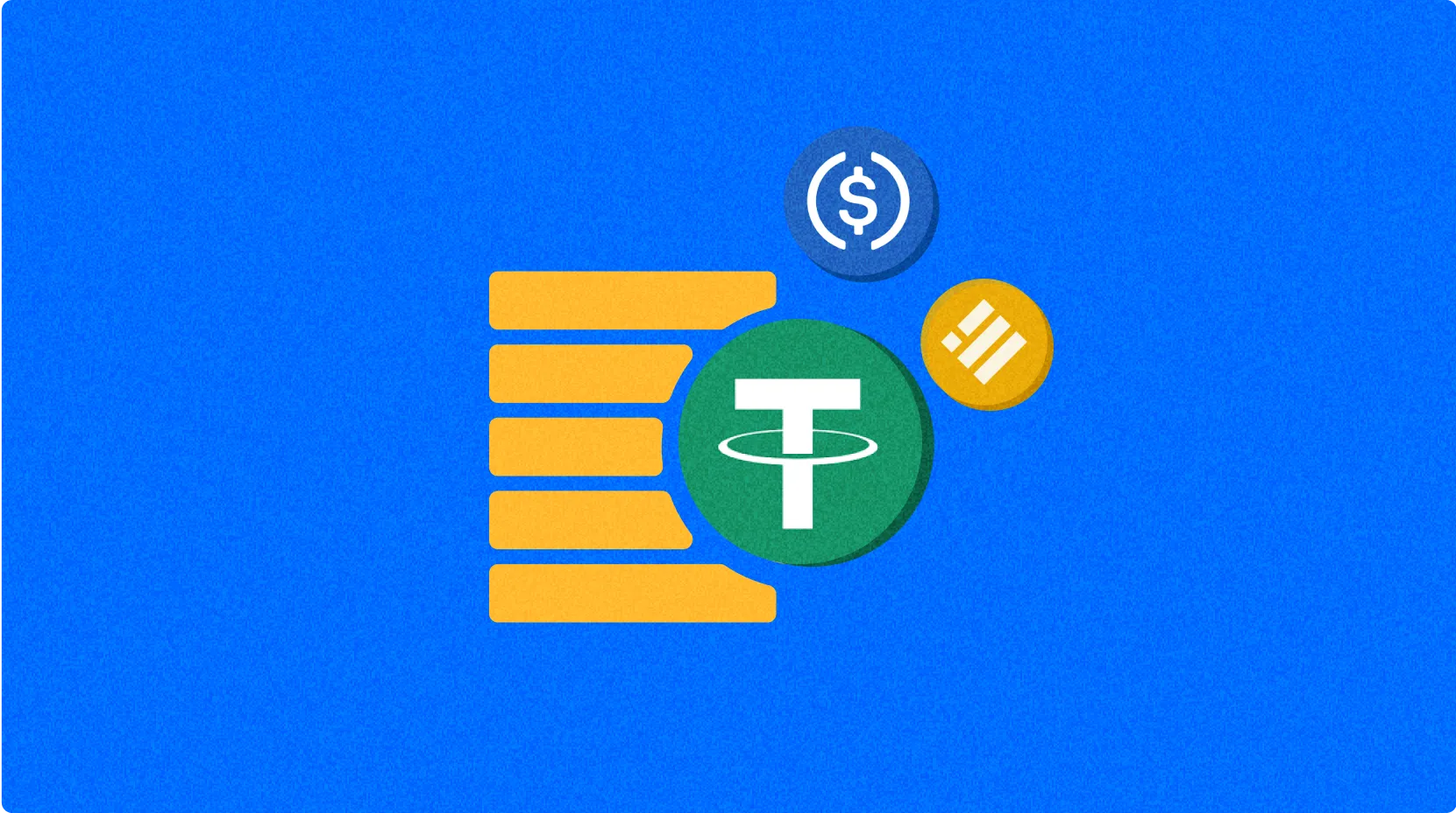Spot Cüzdan ile Funding Cüzdanı Arasındaki Farklar Nelerdir ve Hangi Durumlarda Hangisi Tercih Edilmelidir?


Spot ve Funding Cüzdanlarını Anlamak: Temel Farklar
Kripto para ekosisteminde yol alırken, farklı kripto para cüzdanı türlerini doğru şekilde kavramak, varlık yönetimi açısından büyük önem taşır. Spot cüzdanlar ve funding cüzdanlar, alım-satım platformlarında ayrı roller üstlenir. Spot cüzdan, kripto paralarınızı sakladığınız ana alan olup, dijital varlıkların doğrudan alım-satımı ve tutulmasını sağlar. Basit portföy yönetimi sunan spot cüzdanlar, spot piyasaya anında erişim imkanı tanır ve işlemler güncel piyasa fiyatından gerçekleşir. Funding cüzdanlar ise, margin işlemler, vadeli işlemler ve eşler arası (P2P) işlemler gibi ileri seviye trading faaliyetlerine özel olarak tasarlanmış hesaplardır. Spot ve funding cüzdanların ayrıştığı temel noktalar; işlevsel amaçları ve risk profilleridir. Spot cüzdanlar, muhafazakâr varlık yönetimi için tercih edilirken; funding cüzdanlar, kaldıraç ve karmaşık finansal işlemlerle yüksek getiri peşindeki yatırımcılara yöneliktir. İşlem kabiliyetlerinde spot cüzdanlar, doğrudan piyasa işlemlerinde öne çıkarken; funding cüzdanlar, faiz getirili ürünler ve risk yönetimi için fon ayrıştırması gerektiren stratejilerde avantaj sağlar. Gate kullanıcıları, bu net fon ayrımı sayesinde varlıklarını daha düzenli yönetip, piyasa koşullarına göre özelleştirilmiş stratejiler geliştirebilir.
Spot Cüzdanı Ne Zaman Kullanmalı: Alım-Satım Potansiyelinizi Artırın
Spot cüzdan, kripto para alım-satımının temelini oluşturur ve anlık piyasa erişimi ile sade varlık yönetimi gerektiren durumlar için ideal çözümdür. Yatırımcılar, kripto paraları güncel piyasa fiyatı üzerinden alıp satarken spot cüzdanı kullanmalıdır; çünkü bu cüzdanlar, ek karmaşıklık olmadan doğrudan işlem olanağı sunar. Spot cüzdan ile funding cüzdan tercihi, günlük işlem ihtiyaçları göz önüne alındığında netleşir; spot cüzdanlar, aktif piyasa katılımcılarına hızlı likidite ve kolay erişim sağlayarak fiyat değişimlerine hızlı yanıt verir. Ayrıca, "al ve tut" stratejisiyle uzun vadeli yatırım yapanlar için spot cüzdanlar, Gate gibi borsalarda doğrudan özel anahtar kontrolü ile güvenli saklama sunar. Kriptoya yeni başlayanlar için spot cüzdanlar, kullanıcı dostu arayüzleri ve basit işlevleriyle dijital varlık yönetimine ideal bir giriş sunar. Spot cüzdanların sadeliği, önemlerini azaltmaz; aksine, doğrudan piyasa erişimini ve kolay portföy yönetimini önceleyen yatırımcılar için temel araç niteliğindedir. Gate’in piyasadan elde ettiği veriler, perakende kripto yatırımcılarının yaklaşık %70’inin spot cüzdanı tercih ettiğini gösteriyor; bu da gelişmiş finansal ürünlerden ziyade temel trading işlevlerine odaklanan ana akım kullanıcıların bu cüzdan türüne olan ilgisini ortaya koyuyor.
Funding Cüzdanlardan Yararlanmak: Tecrübeli Yatırımcılar için Stratejiler
Funding cüzdanlar, spot alım-satımın ötesine geçmek isteyen deneyimli kripto yatırımcıları için bir sonraki adımdır. Bu özel cüzdanlar, akıllı risk yönetimiyle getirileri artırmaya yönelik gelişmiş finansal enstrüman ve stratejilere erişim sağlar. Spot ve funding cüzdanların farkları incelendiğinde, funding cüzdanlar özellikle margin işlemlerinde öne çıkar; yatırımcılar, bu cüzdanlar üzerinden borç alarak mevcut sermayelerinin ötesinde pozisyon açabilir. Varlıkların funding cüzdana stratejik aktarımı, kripto sahiplerine P2P kredi piyasasında likidite sunarak pasif gelir elde etme imkanı tanır. Gate’in funding cüzdan sistemi, bu işlemler için güvenli bir ortam oluştururken, normal trading fonlarından ayrışmayı sağlar. İleri düzey yatırımcılar, funding cüzdanı vadeli işlemler ve türev alım-satımın merkezi olarak görür; çünkü spot bakiyeden ayrı tutulan özel sermaye, olası tasfiye riskinin yönetiminde etkilidir. Funding cüzdan kullanımı genellikle yatırımcının spot piyasada yeterli deneyimi ve risk yönetimi protokolleri oluşturmasının ardından başlar. Gate’in trading platformu verileri, funding cüzdanları margin işlemler için kullananların, yalnızca spot işlemler yapanlara kıyasla ortalama 3,2 kat daha fazla piyasa maruziyeti yaşadıklarını gösteriyor; bu da uygun risk yönetimiyle birlikte funding cüzdanların sunduğu kaldıraç potansiyelini ortaya koyuyor.
Doğru Cüzdan Seçimi: Optimal Kripto Yönetimi İçin Uzman İpuçları
Spot veya funding cüzdan seçimi, alım-satım hedeflerinizin, risk toleransınızın ve kripto piyasasındaki tecrübenizin dikkatlice değerlendirilmesini gerektirir. Uzmanlar, cüzdan seçiminin mutlaka yatırım stratejinizle uyumlu olması gerektiğini vurgular. Spot cüzdan mı funding cüzdan mı kullanacağınıza karar verirken, teknik bilginizi ve piyasa hakimiyetinizi objektif biçimde değerlendirmelisiniz; çünkü funding cüzdanlar, daha fazla finansal bilgi ve tecrübe gerektirir. İdeal cüzdan yapısı, genellikle iki cüzdan türünün bir arada tutulmasını ve varlıkların işlem sıklığına ve risk iştahına göre orantılı dağıtılmasını gerektirir. Gate, bu cüzdanlar arasında zahmetsiz transfer imkanı sunarak, ek işlem maliyeti olmadan esnek fon yönetimi sağlar. Tecrübeli yatırımcılar çoğunlukla varlıkların %60-80’ini spot cüzdanda, %20-40’ını ise gelişmiş trading stratejileri için funding cüzdanda tutmayı önerir; ancak bu oranlar, piyasa koşulları ve kişisel tercihlere göre değişebilir.
| Cüzdan Türü | En İyi Kullanım Alanı | Risk Seviyesi | Tipik Kullanıcı | Özellikler |
|---|---|---|---|---|
| Spot Cüzdan | Doğrudan trading, tutma, staking | Düşük - Orta | Yeni başlayan - orta seviye | Anında piyasa erişimi, basit arayüz |
| Funding Cüzdan | Margin trading, P2P kredilendirme, vadeli işlemler | Orta - Yüksek | Orta - ileri seviye | Kaldıraç seçenekleri, faiz geliri, ayrıştırılmış risk yönetimi |
Gate platformunda yapılan araştırmalar, cüzdanları amaca uygun şekilde stratejik kullananların, yalnızca tek bir cüzdan türüyle işlem yapanlara göre portföy performansında %27 daha iyi sonuç elde ettiğini gösteriyor. Bu fark, işlem ihtiyacına ve risk durumuna göre spot veya funding cüzdan özelliklerinin ne zaman kullanılacağını bilmenin önemini vurguluyor. Başarılı kripto yönetimi, bu cüzdanları birbirinin alternatifi değil, özel amaçlara hizmet eden araçlar olarak değerlendirmekten geçer; böylece yatırımcılar, değişen piyasa koşullarında yatırım hedeflerini korurken risk sınırlarını da etkin şekilde yönetebilir.

Spot ve Vadeli İşlem Trade Arasındaki Fark: Tam Açıklama

Likidite Süpürme Ne Demektir: Akıllı Para Piyasayı Nasıl Yönlendiriyor

Ters Pozisyonun Tüccarlar Açısından Detaylı Açıklaması

Kripto para alım satımında spot ve vadeli işlemler kavramlarını anlamak

Kriptopara Karlılığı: Kazançlar ve Başarı Oranlarına İlişkin Analizler







